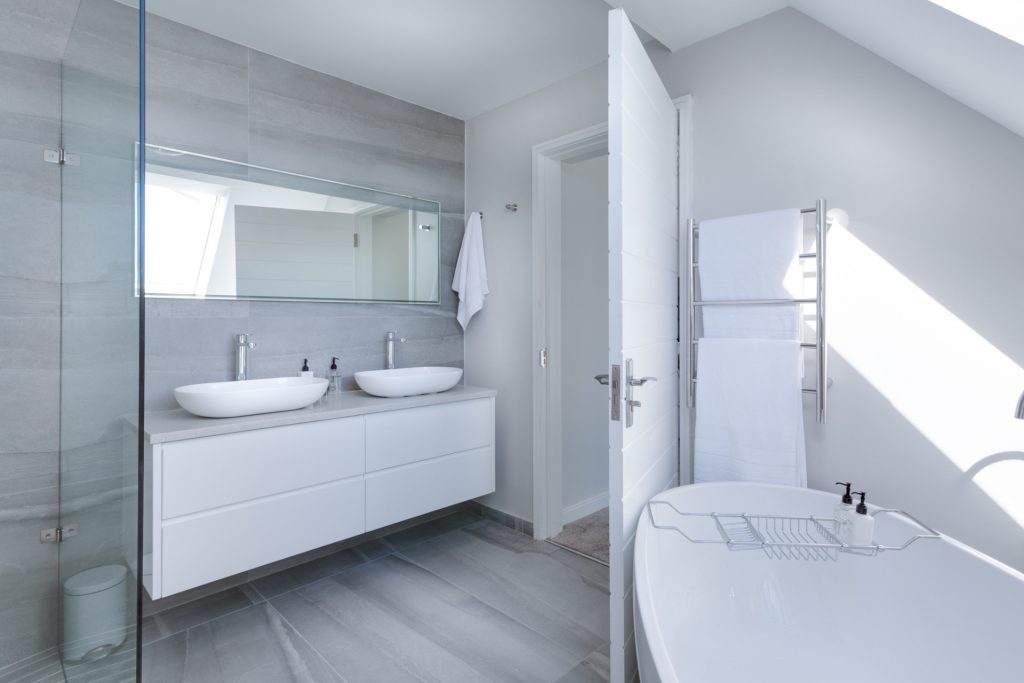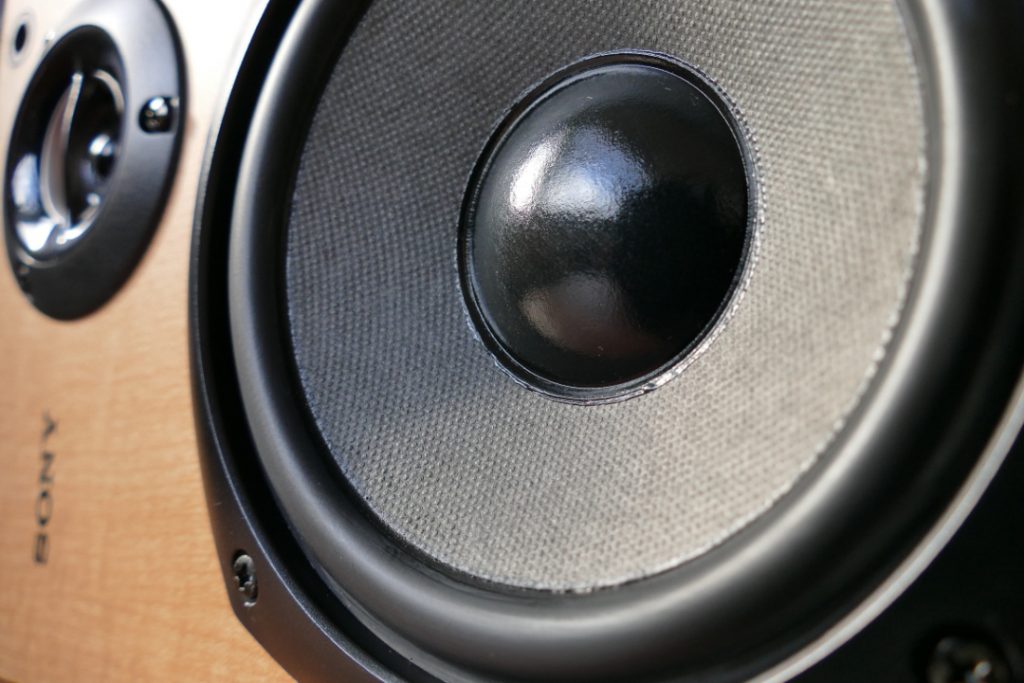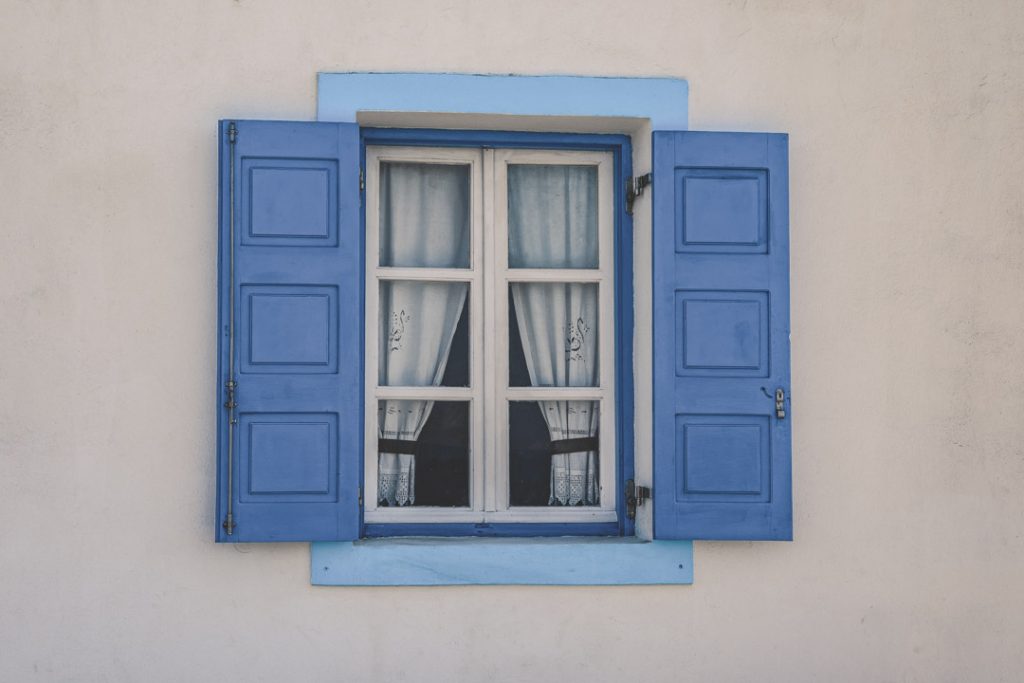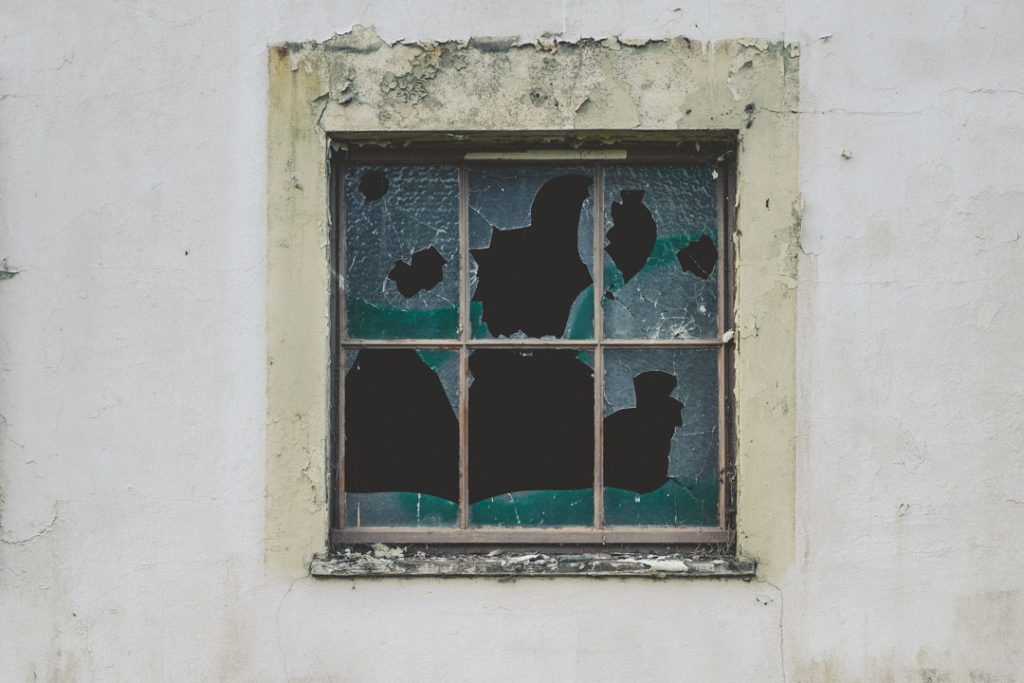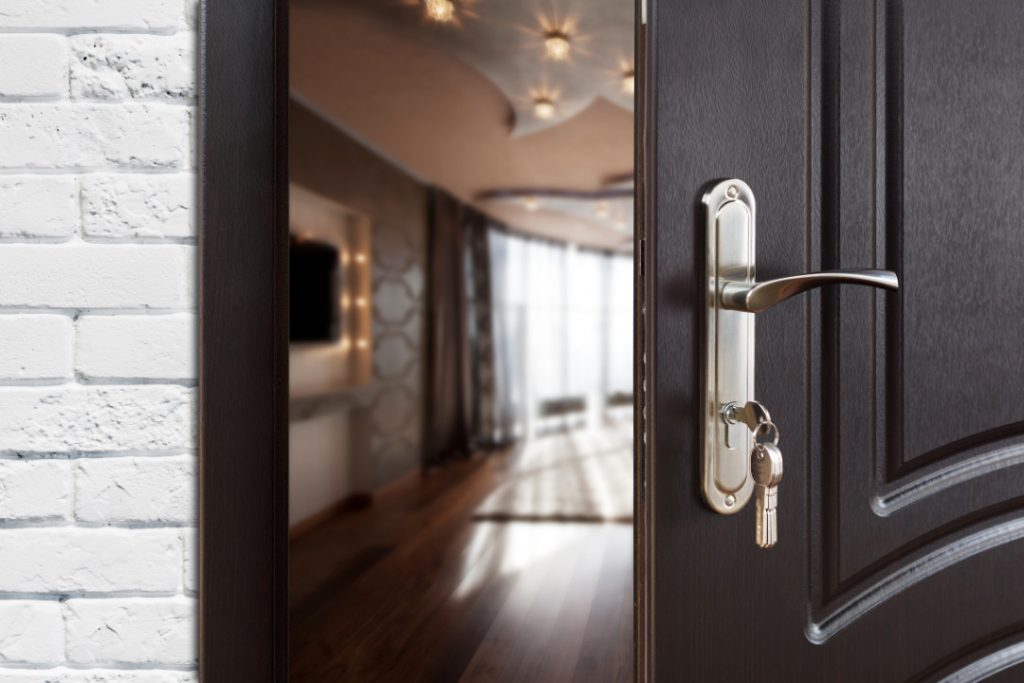There are several reasons why you would want to soundproof your bathroom. For one thing, the flushing and bathing may be highly distracting to visitors, especially if the toilet is next to the living room or dining area. You can research methods on how to shower quietly to address the problem. Bathroom soundproofing, on the other hand, is the only real solution. Modern construction does not adequately deal with the issue of soundproofing. You may, nevertheless, devise a few methods to ensure that the noise in your bathroom does not escape. The soundproofing suggestions can range from cheap to more costly, and you’ll have to pick what’s best for you.
Types Of Bathroom Noise
Before you can start soundproofing your bathroom, you first need to identify the type of noise that is causing the disturbance. This is because the solutions for muffling noise will be different for each type.
The three main types of noises in a bathroom are:
1. Flushing noise is caused by the rush of water going down the toilet.
2. Showering noise is caused by the sound of the water hitting the tiles and the walls.
3. Ventilation noise is caused by fans or extractors used to expel moist air from the bathroom.
Each type of noise will require a different approach to soundproofing. For example, if you want to reduce flushing noise, you need to dampen the sound of the rushing water. If you’re going to minimize showering noise, you need to absorb the sound of the water droplets. And if you want to reduce ventilation noise, you need to muffle the sound of the fan or extractor. Below some methods are discussed on how to soundproof a bathroom.
5 Easy Steps To Soundproof A Bathroom
Bringing in materials that absorb or break up sound waves is the most straightforward approach to keep your bathroom from carrying sound. Carpeting a bathroom may not be an option, but thick rugs made of material that can withstand humidity and frequent cleaning may be laid down. Cork flooring tiles are another appealing choice. These absorb noise while remaining resilient to normal bathroom heat and dampness. Fold up thick, fluffy towels on your towel racks and cabinets to minimize echoes.
If you have any empty corners in your bathroom, filling them with sound-absorbing materials such as acoustic foam or mineral wool will help stop the sound from bouncing off the walls and to soundproof a bathroom.
The Bathroom Door
The door is the most critical target for soundproofing any space. The majority of interior doors aren’t designed with noise reduction in mind. They’re constructed of thin materials and have a hollow core. Mass blocks sound, so it’s vital to remember that it does. Because interior doors are composed of light materials, the easiest method to add mass/density is by replacing them with solid-core ones.
However, the extra weight results in higher material costs and a more expensive replacement. If you have the money, look for a thick slab-style door to soundproof your bathroom.
Easy Fix To Soundproof Your Bathroom
A door sweep is a sound-absorbing floor mat placed at the base of the door. A sound-absorbing door pad will absorb the sound, and it will also help close up any gaps in the absorbent materials at the bottom of the door, reducing background noise. This may be preferable to a conventional bathroom rug.
The floors aren’t the most significant offenders when it comes to making noise. It can, however, contribute to the problem. While unusual for a bathroom, plush carpeting rather than hardwood or tiles may be an option. If you don’t want to put carpeting down, consider getting a big, comfy rug instead.

Fill Empty Spaces In The House To Soundproof A Bathroom Effectively
The toilet and running water will amplify the sound in the bathroom. Sound reflects off of empty spaces. Towels should be draped over storage containers or hung on shelves to deaden sound. If there’s a new sink in the bathroom, filling it with water will help to muffle the sound.
If you have a large bathroom with a lot of space, you can install acoustic panels on the walls. These are prefabricated panels that are designed for sound absorption. They come in various shapes and sizes, so you can find one that will fit the specific needs of your bathroom.
Soundproofing The Bathroom Walls
Thicken your drywall if it is thin. The most effective way to dampen noise traveling through them is to work on the wall. Sound-dampening materials should be inserted between the drywall when you’re putting it up. If your drywall is thin, thicken it.
However, if you can’t install drywall yourself, this approach may not be for you. However, if you are an expert in drywall installation, it’ll come easy. If you’re not a professional in the field, don’t attempt it yourself. A skilled builder should add the layer. They absorb sound that rebounds off the wall and softens echo voices. The majority of the foams we’ve tried and tested work ideally in bathrooms.

Soundproofing Your Pipes
If you have noisy pipes, the best way to soundproof them is by using pipe insulation. This will help to reduce vibration and the transmission of sound. Pipe insulation is a great way to prevent noise from traveling through your walls and into other rooms in your house.
Pipe insulation is a type of foam that slips over the pipe. It’s easy to install and can be found at most home improvement stores. You can also buy it online. It’s important to note that not all pipe insulation is created equal. Make sure you get insulation that is designed for sound absorption.
If you’re looking for a more permanent solution, you can also have your pipes wrapped in a sound-dampening material. This will help to reduce the noise further that they make.
Conclusion
The bathroom is a unique room that requires some special considerations when soundproofing. While the solutions may be unconventional, they are often very effective in reducing noise. Start by soundproofing the door and walls. If you still have noise problems, consider soundproofing the floor, pipes, and ceiling. With a little bit of effort, you can make your bathroom a quieter and more peaceful space.

